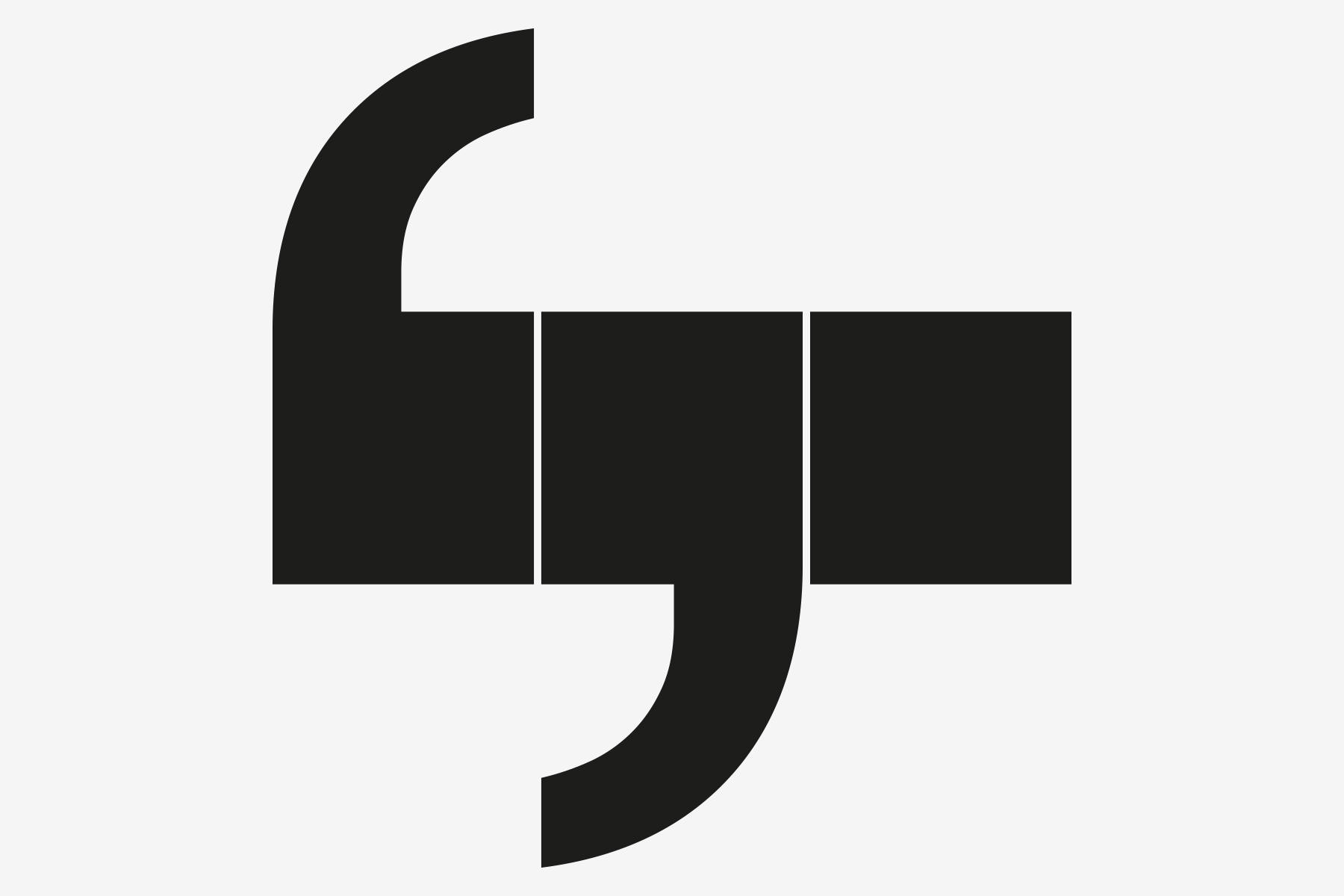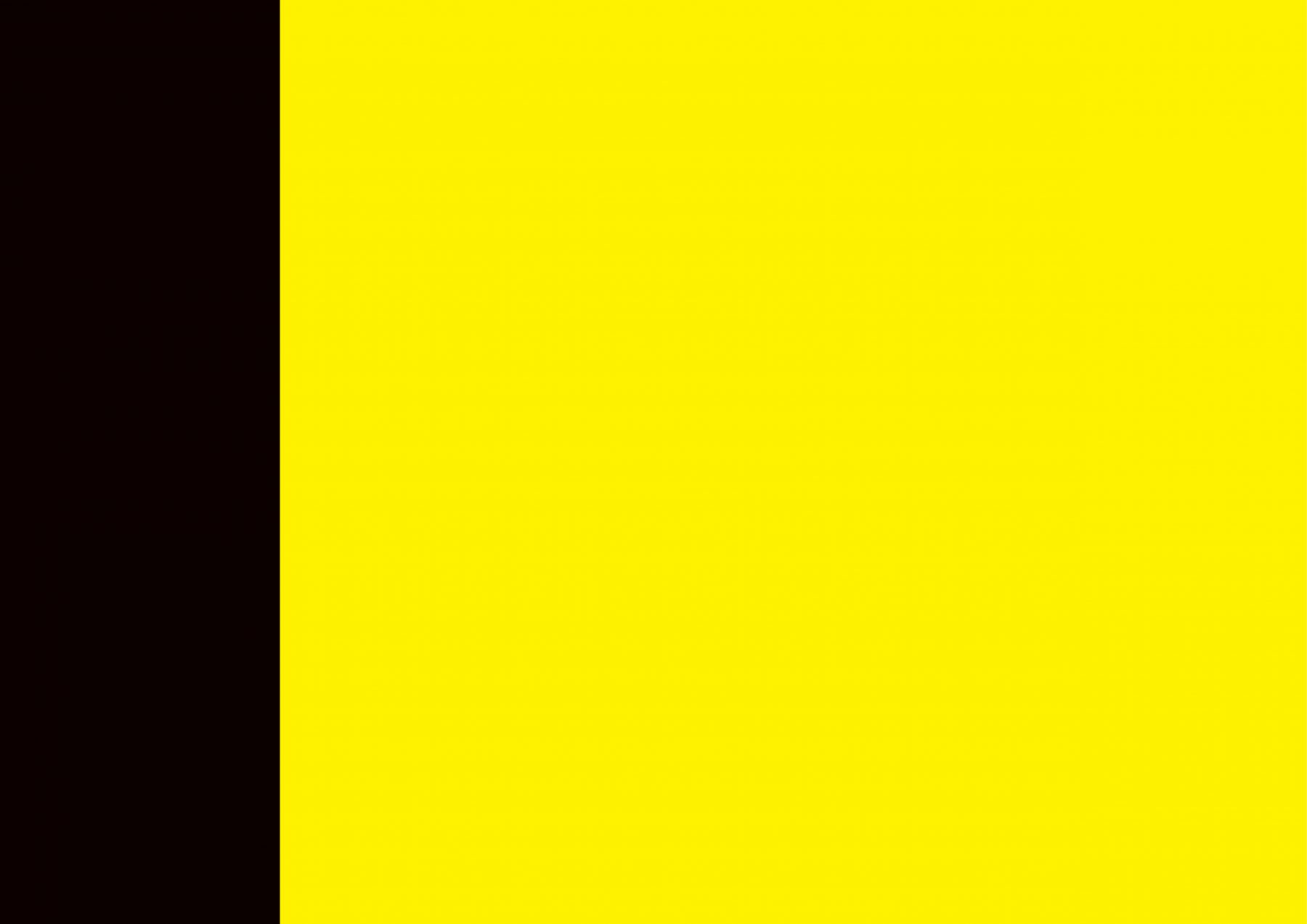
Beautiful and Stupid
Notes on Branding
Designers know this. A sophisticated design, thought out and worked on for days, can be ruined in a single night by an ominous wife or husband. Only yesterday the client said he wanted to sleep over it before giving us the green light. What on earth happened?
If you ask for criticism, you'll get it. Whether it's your partner or the entire supporting cast, no one likes to be disappointed and have nothing to contribute.
What follows is the sanding off of all the rough edges of a design/text/brand that might cause offence. What remains is a smooth, shapeless compromise, the lowest common denominator. An example from the world of photography: A portrait of a cute girl sitting under a tree eating an apple. The sustainability theme is set.
Don’t get me wrong: democracy is a wonderful thing. But it is counterproductive when it comes to brands. It is a misconception that an image must appeal to as many people as possible in order to work. On the contrary, catering to different tastes only leads to an interchangeable and therefore undifferentiated result. Brands, on the other hand, thrive on two criteria: Personality and distinctiveness.
Beautiful and stupid
According to Eva Heller, the most popular colours are also the most common in corporate designs worldwide. However, the reason for this is not to be found in strategic considerations, but in the taste of management. It is therefore significant that it is the supposedly exotic colours such as T-Mobile’s magenta, Milka’s purple, Siemens’ turquoise or Manner’s dusky pink that stand out in their respective sectors.
Unfortunately, the visual language of many brands is no exception. The social ideal of women excludes the flaw and makes symmetry the premise. In order to appear attractive to their customers, companies use a simple visual code: The faces are even, beautiful and attractive, but also interchangeable, superficial and frighteningly fake.
“Beautiful and stupid,” said the Swiss graphic designer Martin Woodtli, with whom I had the honour of speaking as part of a student project. He was referring to the strong tendency in graphic design and advertising to use the same symbolism and design language over and over again. For me, this quote symbolises a bad habit in visual communication:
Not only does it create interchangeability, but its staging also creates a real gulf to reality, preventing identification with an idea or brand.
The zeitgeist is different: consumers are used to being constantly bombarded with ideal images and find anything that is false to be disturbing, or they ignore it altogether.
If you want to please everyone, you end up pleasing no one.
Authenticity is the key. Thus, it is important to make identity visible to enable identification. The beauty of this approach is that a company’s identity is always unique. So the perfect conditions for branding already exist – they just need to be brought to the forefront.
In branding, attractiveness is not measured by a beautiful façade, but by the visibility and appeal of what makes companies and products unique.
According to the principle of “form follows function”, branding is not no cosmetic treatment. Instead, it uses stylistic devices to consciously differentiate itself from the competition. This requires the courage to be yourself – and therefore different from others. Brands need to be edgy. If you don’t want that, you communicate at random. Or drown in beauty.







